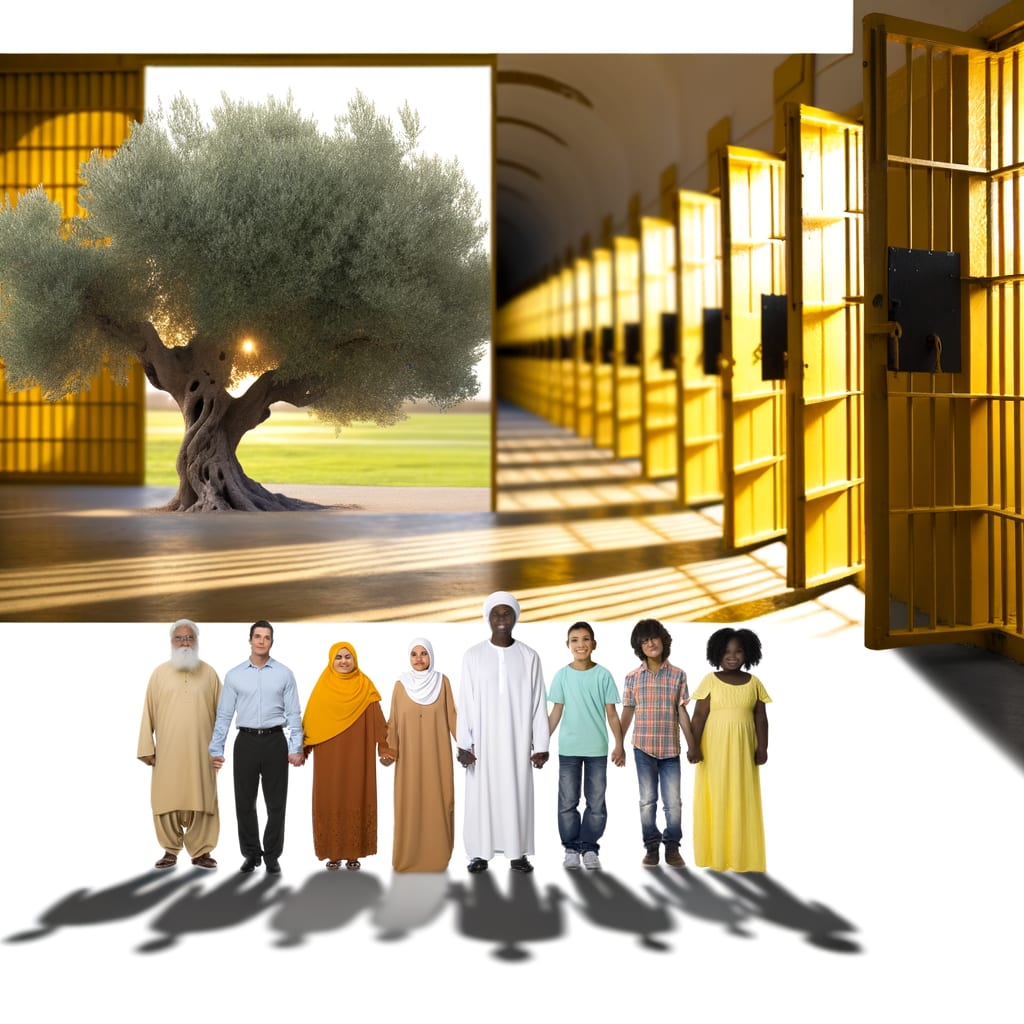Nearly 2,000 Palestinian Prisoners Released in Historic Exchange with Israel
In an unprecedented prisoner exchange deal following the Gaza ceasefire, nearly 2,000 Palestinian detainees were released from Israeli prisons on Monday. The detainees included 250 individuals serving long or life sentences and approximately 1,700 individuals detained from the Gaza Strip over the past two years. In return, Hamas, the governing body of the Gaza Strip, released 20 living Israeli captives held in Gaza. The exchange marked a significant moment in the ongoing conflict between Israel and Palestine, with families, media, and international bodies closely watching the unfolding events.
Background and Context
The Gaza ceasefire agreement was the result of negotiations to end the war in Gaza and facilitate a prisoner exchange. The deal to release the Israeli captives and Palestinian prisoners marked a significant development in the fragile ceasefire. The exchange involved the transfer of detainees from various Israeli prisons to the Ofer and Ketziot prisons, based on their expected release locations.
While the Gazan detainees were released in Gaza or Egypt, those from the West Bank were released in the occupied territory. Some detainees were expelled from Palestine altogether, initially transferred to Egypt before relocating to other destinations at a later stage.
Key Events and Reactions
Despite the hopeful atmosphere surrounding the prisoner swap, the Israeli military heightened tensions on the ground by firing rubber bullets and tear gas at Palestinian families, journalists, and others who had gathered at the Ofer Prison for the prisoner release. The military also dropped warning leaflets over the area, urging those present to disperse and avoid approaching the prison.
Despite these threats, families remained defiant, with hundreds waiting in central Ramallah where buses carrying released prisoners were expected to arrive. Emotional scenes unfolded upon the arrival of the prisoners in Ramallah, with enormous crowds cheering and family members and friends hugging the released detainees.
Implications and International Reactions
The international community has been closely watching the unfolding events. China welcomed the release of the captives and called for stability in the region, according to a news report by AFP. Meanwhile, the Israeli army's raids on the homes of several Palestinian prisoners in the West Bank, whose names were included in the list of prisoners to be released, drew international attention.
Conclusion
The prisoner exchange marks a significant development in the ongoing conflict between Israel and Palestine. While the event has brought relief to many families, it has also highlighted the continuing tensions and complexities of the Israeli-Palestinian conflict. With thousands of Palestinian detainees still held in Israeli prisons, the quest for a sustainable solution continues.

